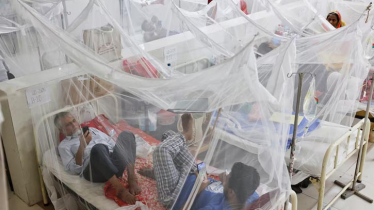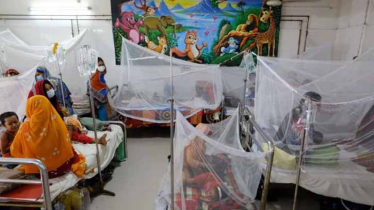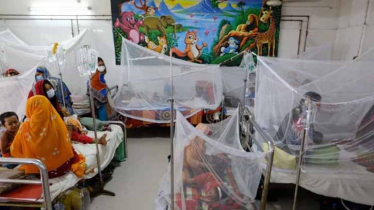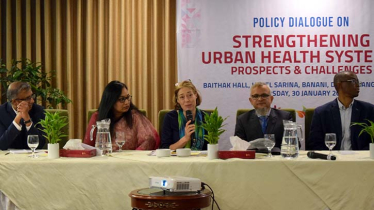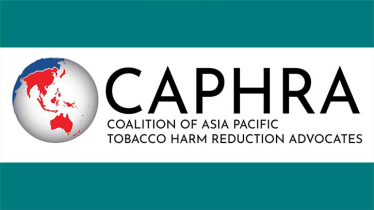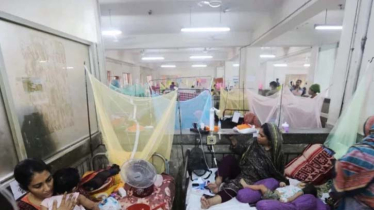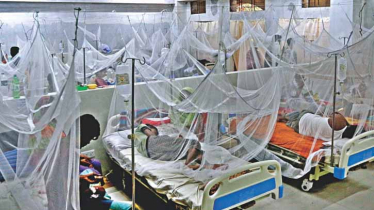
Photo: Collected
Lack of proper treatment and adequate antivenom in local health facilities, accompanied by misconceptions and a lack of self-awareness among patients, leads to about 7,500 snakebite deaths per year.
The infestation of venomous snakes is alarmingly on the rise across the country, especially during the monsoon season. 95 percent of snakebite victims are from rural areas, according to a study by the non-communicable disease control unit of the Directorate General of Health Services (DGHS).
The risk of death in snakebites is remarkably high, as most of the victims in the country's marginal rural areas delay seeking treatment at the nearest hospital. On the other hand, villagers usually seek traditional treatment by snake charmers, locally called ‘ojha,’ for snakebites.
The tendency of snakebite victims not reaching out to the hospital for immediate treatment results in the expiration of antivenoms stored in the hospital, the experts said.
"The supply of antivenoms will not go in vain if the patient arrives at hospitals for treatment. I think antivenom should be stored to treat at least one or two people at the upazila level," Professor MA Faiz, the President of the Toxicology Society of Bangladesh, told The Daily Messenger.
"If two things can be taken care of properly—such as the victims rushing to the hospitals in time instead of going to 'ojha' for treatment and the uninterrupted supply of antivenoms to the upazila level—can help prevent casualties from snakebites in rural areas," the eminent scientist also added.
He emphasised the non-stop supply of antivenoms to health facilities at the upazila level and the establishment of depots at the district level.
Besides, treatment facilities for other complications related to snakebites should also be ensured, he added.
However, the DGHS has decided to purchase antivenom at the district and upazila levels starting next year in a bid to ensure prompt treatment.
According to the new decision, the Deputy Commissioners (DCs) will assist in purchasing the antivenom with the support of a civil surgeon and distribute it among the district hospitals and upazila health complexes in the area.
The DGHS also buys antivenom to cover disaster periods, providing additional support as Bangladesh is heavily import-dependent and does not yet have its own homegrown antivenom.
When asked which species of snakebites are more common in Bangladesh, Professor MA Faiz explained that it is not possible to say exactly which species of snake bites are common, as there is no specific survey on this. Based on the symptoms of patients who come for treatment in different hospitals, it is believed that four types of snakes bite them, such as Padma Gokhru, green bora, moon bora, and different types of Krait or Shakhini.
Furthermore, antivenom cannot always be used for snakebites, as it also has side effects. However, there is no test in Bangladesh to confirm whether a poisonous snake has bitten or not. Only the blood clotting test can be done in this regard. In this case, the doctor has to make a decision based on the symptoms, while the patients should be kept under observation for at least 24 hours.
Messenger/ SUMI/Bashar

